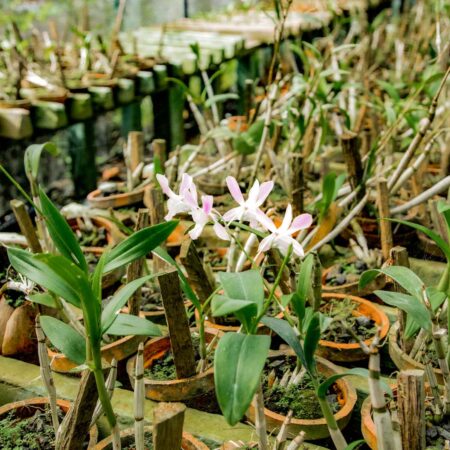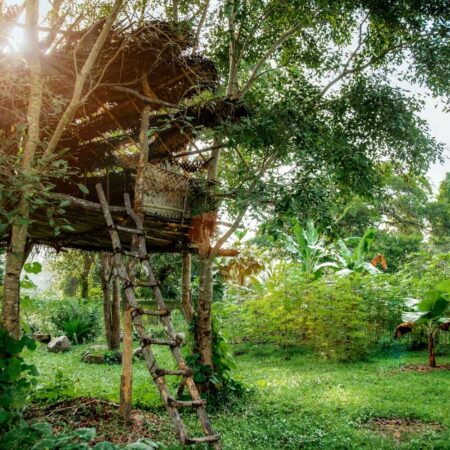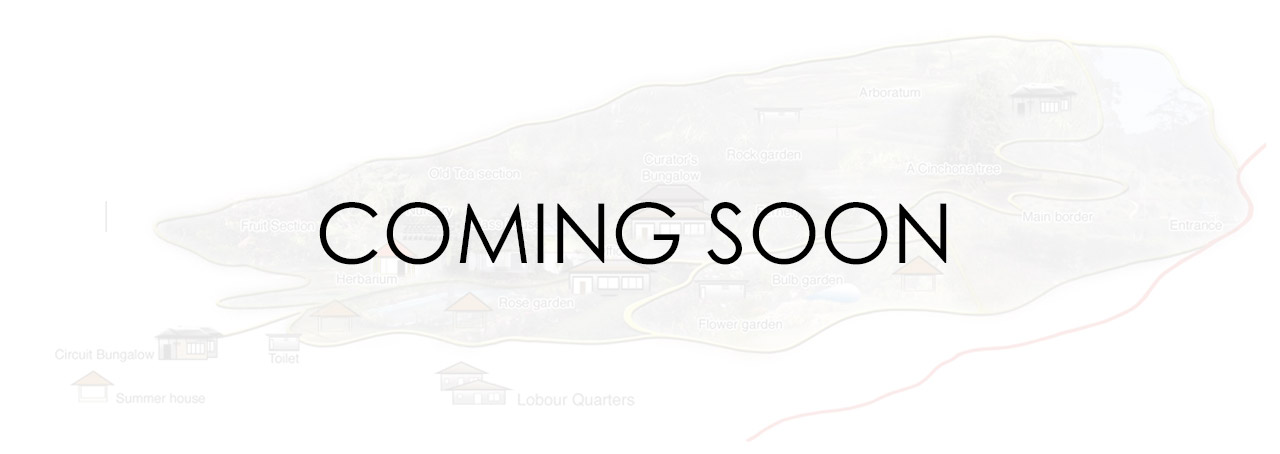
Medicinal Plant Gardens Ganewathta.
The Medicinal Plant Garden, Ganewatta is located about 25 kilometers away from Kurunegala town in the North-western province of Sri Lanka. It is one of the largest medicinal plant collection in Sri Lanka comprising a wide and unique collection of medicinal plants.

Placement of the garden
The Medicinal Plant Garden, Ganewatta is located about 25 kilometers away from Kurunegala town in the North-western province of Sri Lanka. It is one of the largest medicinal plant collection in Sri Lanka comprising a wide and unique collection of medicinal plants. It is officially opened in 1956 and currently functioning under the Department of National Botanic Gardens. The gardens comprises nearly 35 staff drawn from a variety of disciplines, contributing in many different ways to gardens overall objectives and functions.
The garden is located in the intermediate zone of the country which in turn provides a perfect location for the growth of wide range of medicinal plants. The extent is 21.04 hectares (52 acres) and the climate is tropical with a distinct dry season with an average temperature of 250C to 300C.
The garden is home to a variety of plant collections including lot of natives and endemics. The scenic splendor of the garden is highlighted by flourishing growth of huge tropical medicinal trees in its arboretum.
The garden currently houses more than 300 species of medicinal plants, and engages in ex situ conservation of medicinal plants and its gene pool. It engages in commercial cultivation of medicinal plants as well.
The garden also demonstrates systematic cultivation techniques of medicinal plants. It also provides extensive educational and research opportunities to students and scientists and also acts as a research center in indigenous medicine where students of traditional medicine, Ayurvedic doctors, botanists, school students and general public can expand their knowledge. In current scenario many photographers, various types of shoots are taken place due to the natural beauty of the place and this promotes eco-tourism.
There are three main nurseries for propagation of medicinal plants which produce more than 30,000 plants annually. These act as the main hub which produce medicinal plants to other botanic gardens under the department and to public through sales center located in the garden premises. In addition, books, leaflets and posters of medicinal plants and ornamental plants which provide information on botanical details, cultivation methods are sold in the sales center.
The mini herbarium in the garden contains dried specimens of medicinal plants while the library comprised with important books and magazines on medicinal plants, ornamental plants and books with historical value. Seeds of various medicinal varieties are collected and preserved in a separate seed room where the visitors and students can acquire better knowledge and information on them. In order to promote the conservation of pollinators, Bee keeping activities are carried by using the traditional knowledge and technologies in the garden.
The other highlights of the garden include conservatory, mother plant collection, Citrus collection, creeper collection, a model of an organic farm, student garden, collection of water plants, traditional fruit section etc.
The separated section in the Garden which is added later to the garden is totally occupied for the research and development of floriculture. It has four floriculture nurseries for cultivation of Orchids, Anthurium, foliages and other ornamental plants which produce about 0,000 plants annually where growers in the area can get better services and technical knowledge on floriculture.
Locations
What you can see
visitors are advised to walk round the gardens if they wish to explore the many beautiful places in this very compact garden.
4.5 VISITORS RATING
Trusted By 1000+ Visitors
- MAIN BORDER AND MAIN DRIVE
- A well maintained mixed flower border adjoining a lawn is seen on the left hand side immediately inside the Main Entrance. A fine hedge formed of the Monterey cypress (Cupressus macrocarpa) of Califonia is seen opposition the flower border. Two giant specimens of silver-leaved New South wales turpentine tree (Syncarpia glomulifera) from Australia are seen planted beyond the cypress hedge. Several kinds of Azalea (Rhododendron indicum) and the common Camellia (Camellia japonica) are notable tall shrubs visible on the grassy slope behind the main border. Fine-leaved large shrubs of the bottle brush. (Callistemon lanceolatus) are seen scattered along the flower border.
- CENTRAL POND AND BULB GARDEN
- A foot path commences from the main drive leads to the central pond in which yellow water lilies are grown. Magnificent trees of Bunya Bunya Pine (Araucaria bidwilli), Eugenia cunninghamii and Mihiriya, a native tree of Sri Lanka, (Gordonia axillaris) are found planted around the central pond. The foot path on the left hand side leads to the bulb garden which was opened in 1924. It contains a collection of Lilium, Watsonia, Gladiolus, Agapanthus and Zephyranthes, many of them have been introduced from Holland and Japan.
- LOWER FLOWER GARDEN
- The flower garden displays many annual flowers adding beauty to the gardens, the flame bush, (Streptosolen jamesoni) Cestrum elegans, Poinsetia pulcherrima and many kinds of fuchcia their drooping clusters of pretty flowers are found along the herbaceous border. Interesting trees around the flower garden are the camphor tree. (Cinnamomum camphora) from China. The Queensland box tree, (Tristania conferata) from Australia, the Japanese silkworm Oak tree, (Quercus serrata) from Japan, the southern Magnolia, (Magnolia grandiflora) from Florida, Madanakama, a scented-flowered, medicinal plant, (Michelia fuscata) from china and the clump forming Senegal Data Palm, (Phoenix reclinata). Visitors should not miss the indigenous Rhododendron or Maharath Mal, (Rhododendron arboreum ssp zeylanicum) with scarlet bloom. A summer house constructed in 1910 as a memorial to Mr. J.K. Nock, a pioneer curator of the gardens, is seen below the flower garden.
- ROSE GARDEN
- The Botanic Gardens are locally reputed for their collection, the rose garden, established on a twin terraced piece of land, contains modern rose varieties imported from England and America. A herbaceous border is seen behind the rose garden.
- GLASS HOUSE
- A newly established glass house serving a repository for indoor plants stands along-side the exit drive. This displays blooming specimens of Begonias, Peperomias, Afican violet. Primula, Gloxinia, Streptocarpus, Pelargonium and specimens of many kinds of cacti and succulents.
- UPPER FLOWER GARDEN
- The upper flower garden also displays annual flowers and it includes a herbaceous and a mini rose collection.A Montezume pine (Pinus montezumae) from Mexico and Hoope pine (Araucaria cunninghamii) from New South Wales lie on either sides of the flower garden.A row of Jacaranda trees, (Jacaranda ovalifolia) with mauve flowers, is seen below. A giant Monterey cypress tree and Japanese cedar trees, (Cryptomeria japonica) grow around the flower garden. A dark green and deeply cut-leave creeper, the Dada Kehel (Rhaphidophora decursiva) is visible growing on a wanasapu tree, (Michelia nilagirica).
Highlights in the Garden
What you can see
visitors are advised to walk round the gardens if they wish to explore the many beautiful places in this very compact garden.
4.5 VISITORS RATING
Trusted By 1000+ Visitors




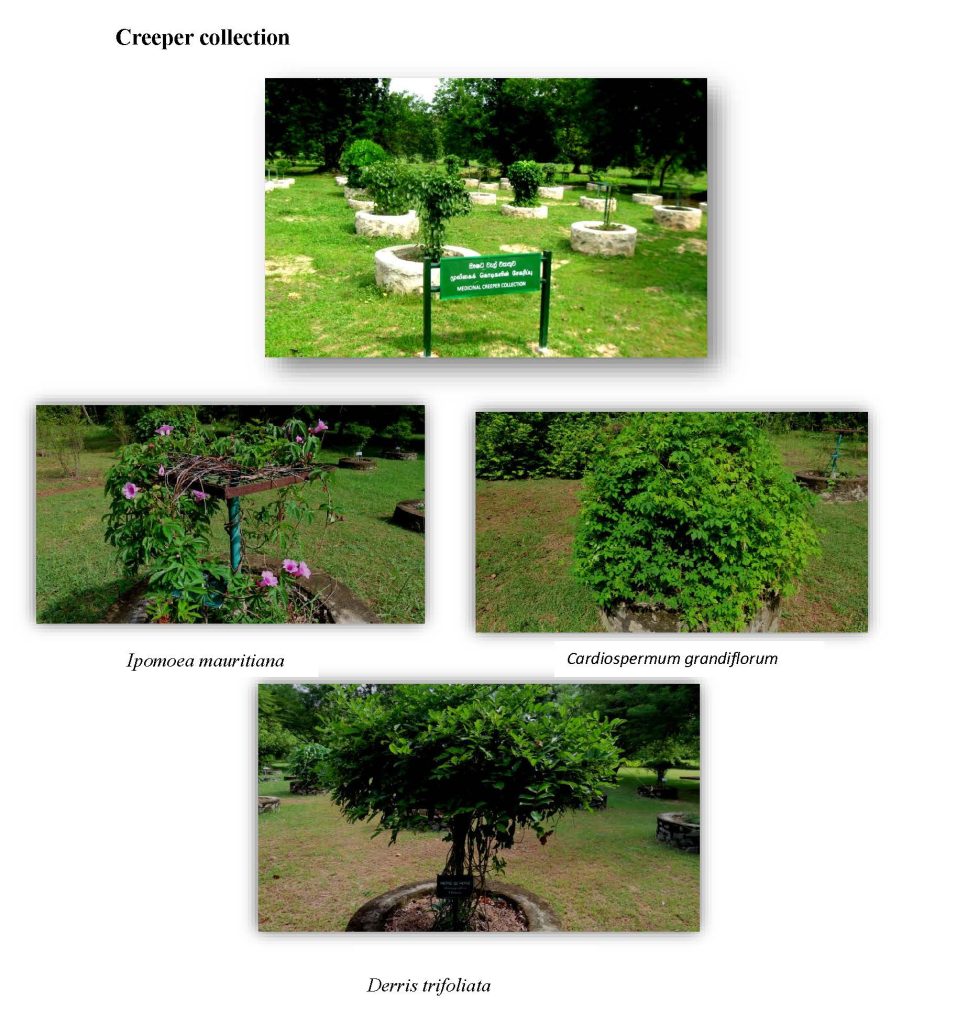


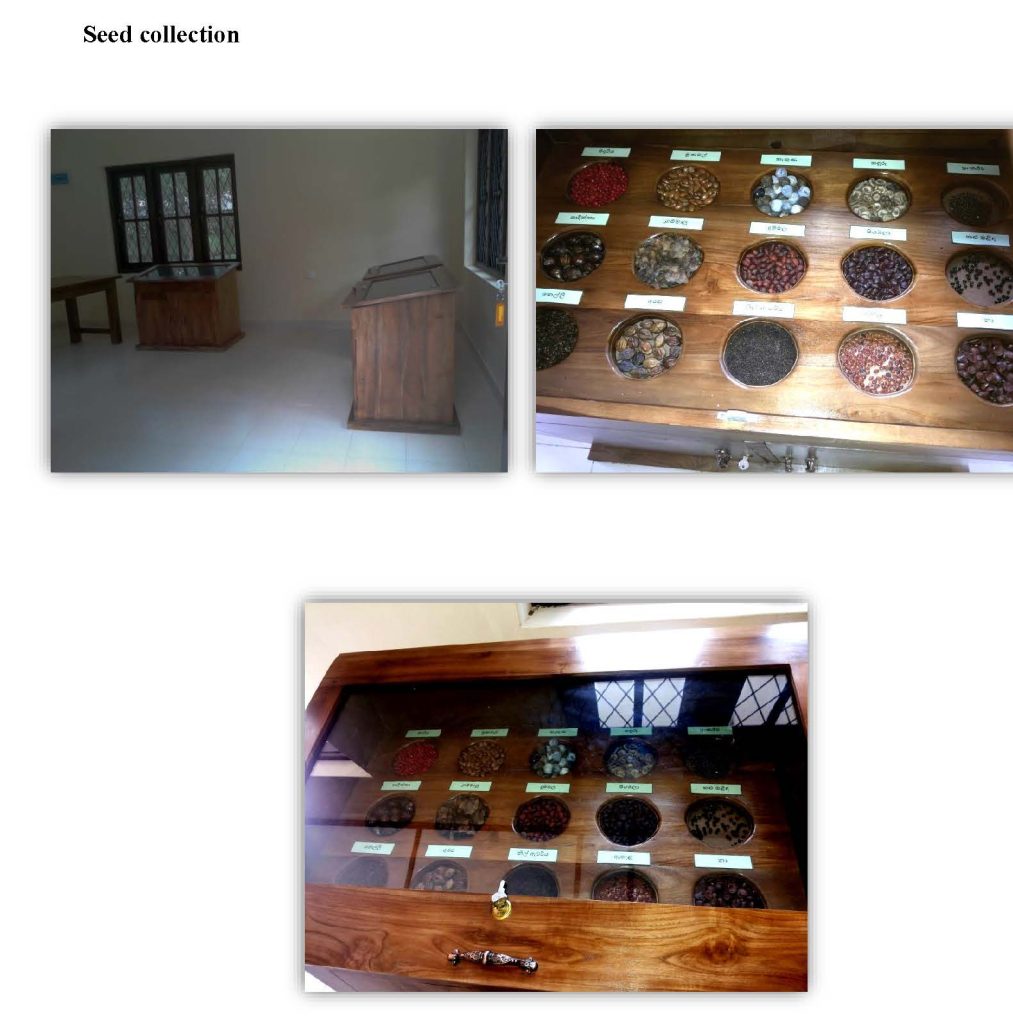
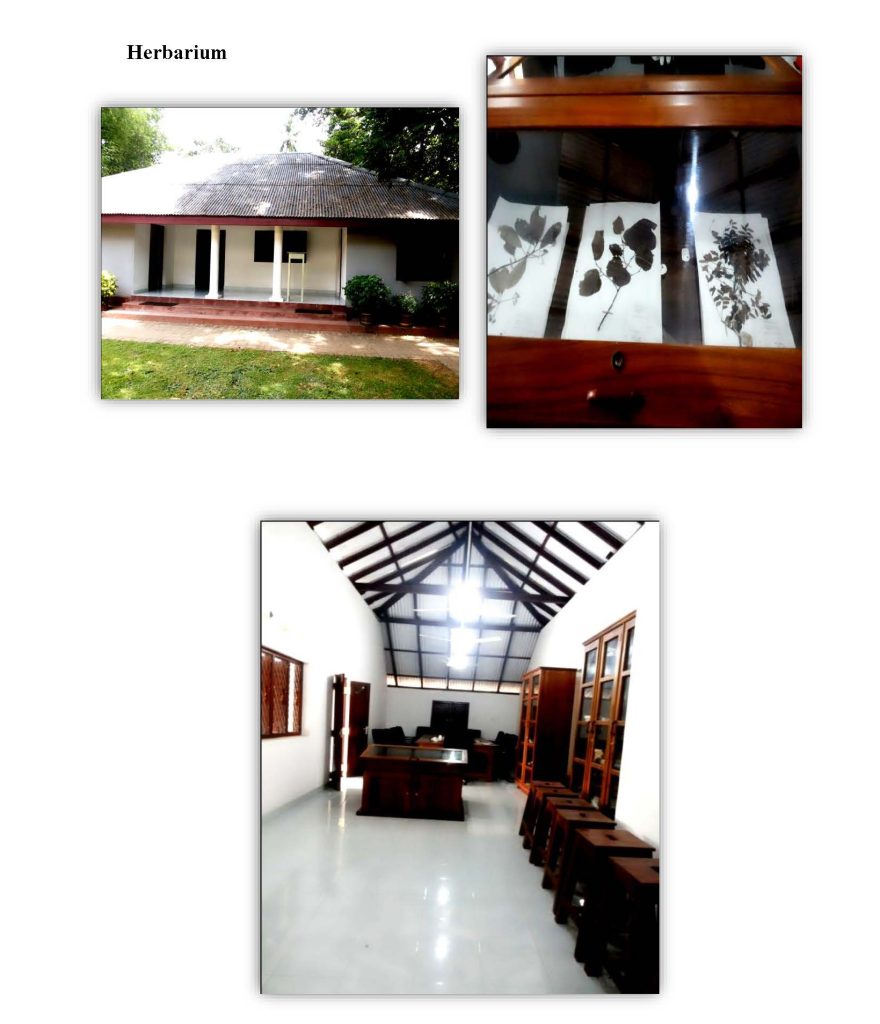
7.30 AM - 6.00 PM
Opening Hours
7.30 AM - 5.00 PM
Ticketing Hours
365 Days
Open
For Overseas Tourist
Entrance Fee
Come and explore the spectacular plant life of Sri Lanka
Foreign Adult
(Elder than 12)
LKR3,540/=/ Ticket
- Great explorer of the truth, the master-builder.
Foreign Student
(Must have proof)
LKR2,360/=/ Ticket
- Great explorer of the truth, the master-builder.
Foreign Child
(5 to12 years)
LKR1,770/=/ Ticket
- Great explorer of the truth, the master-builder.


